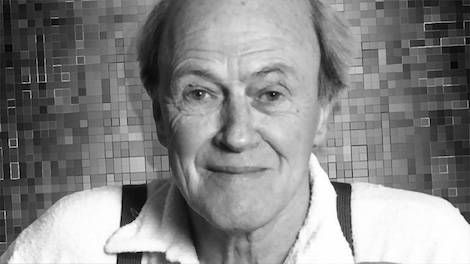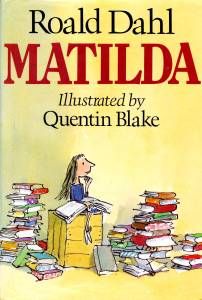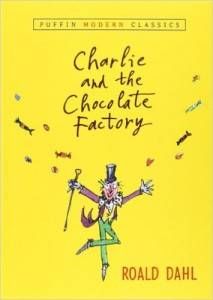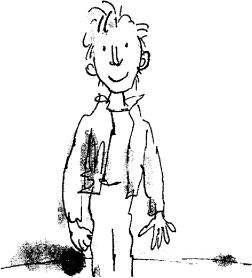
Roald Dahl Made Me a Better Reader and a (Slightly) Less Annoying Kid
One hundred years ago today, author Roald Dahl was born. About 74 years later, he and his story about a kid, a candy-maker, and a chocolate factory made me a book lover.

For me, his impact is a bit deeper than a fond memory or two: Roald Dahl is without a doubt the author most responsible for my lifelong love of reading. Dahl taught me how to read for pleasure. And while you might think that’s not the kind of lesson a second-grader would need to learn, I did. Both for my sake and for the sake of everyone around me.
The earliest part of my reading life sprang from utility. As a child, I wanted to know what was going on with everything and everyone all of the time. Literacy offered me the best access to information – from the words in the hymnals at church to newspaper headlines to the notes from my teachers, most of which almost certainly contained some diplomatic version of the message “Your kid is a nosy pain in the ass.”
Because I desperately wanted to know everything, I started reading fairly young. (My mother would actually tell you I never learned to read, I just learned to memorize words. Whatever. Like I said – utility.) But reading was a means to an end. I didn’t really care what Frog and Toad were doing unless they could tell me what time my brother was getting home from little league, why my dad needed to go to the store and what he was getting there, or why my sister wasn’t getting in trouble for forgetting to feed our dog.

Some people’s reading lives are impacted by opening lines like “It is a truth universally acknowledged,” or “I am an invisible man,” or even “There was a boy called Eustace Clarence Scrubb, and he almost deserved it.” But my introduction to a love of fiction began with an introduction to the Bucket family, and specifically to Charlie:
“This is Charlie. How d’you do? And how d’you do? And how d’you do again? He is pleased to meet you.”

Charlie Bucket, Illustration by Quentin Blake, 1995
And in the span of a few pages, my desperate need to know what was happening now and what would happen next was (partially) transferred to a kind, hopeful, chocolate-loving kid named Charlie. By that afternoon when I was with my family in line at the bank drive through after school, I was too absorbed by the Golden Ticket contest to remind everyone to be quiet while my mother was talking with the teller. Within a day or two, my heart had broken along with Charlie’s at multiple failed attempts to find a golden ticket. And when he finally actually finds one…well, I don’t want to spoil it for you, but that’s really just the beginning.
Over the next few years, Dahl taught me plenty of other lessons in reading. I learned that one should always be wary of sequels. (Charlie and the Great Glass Elevator is…not great). Also, movie adaptations aren’t always faithful. (What the hell was Veruca Salt doing with a bunch of geese?) I learned that happy endings aren’t always quite what you expect. (Quick reminder – that kid from The Witches stays a mouse. Forever.) And although it took several months to get over my astonishment at my siblings’ and friends’ ambivalence, Dahl’s books also taught me that books and authors don’t always appeal to every person the same way. And I learned that that’s ok.
But most important to my life was the way Charlie and the Chocolate Factory opened my young eyes to the idea that reading was more than just informative. The best books are about the human experience. They can be exciting and funny and heartbreaking. Fiction offers us a way to go on adventures with people and to places that we can’t always find in our daily lives. Besides, reading about a chocolate factory is a hell of a lot more interesting than reading grocery lists.














